The Order of the Solar System Planets
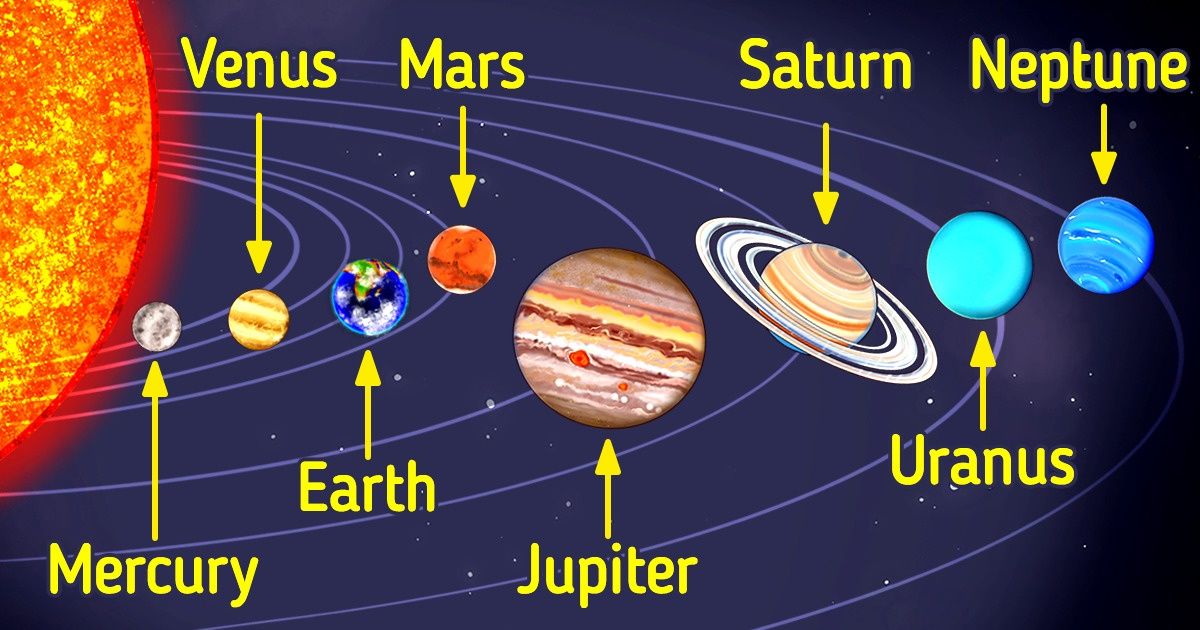
Our solar system is the gravitationally bound system that formed around a star, the Sun, around 4.6 billion years ago. Most of its mass is the Sun itself and the rest is the 8 planets orbiting it.
5-Minute Crafts is going to name the solar system planets in the order of their distance from the Sun and also share some curious solar system facts.
1. Mercury
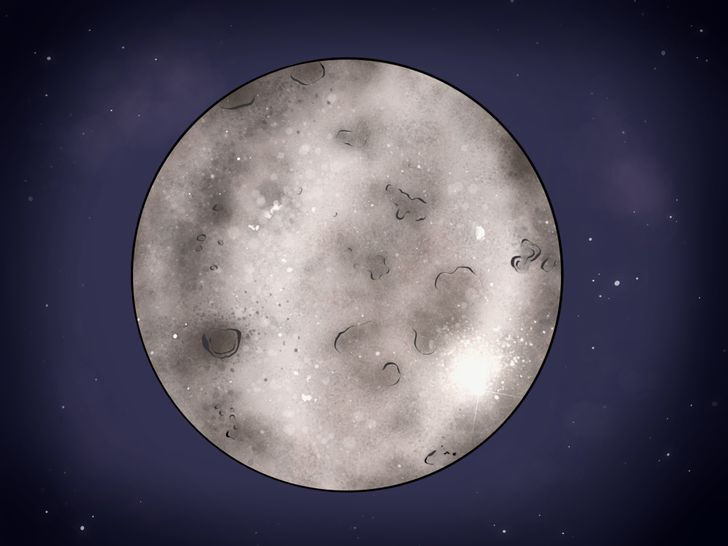
Distance from the Sun: 37 million miles
Mercury is the smallest planet in the solar system that is located closest to the Sun. One year on Mercury is 88 Earth days. This is why it was named Mercury — after the Roman god Mercurius, god of commerce, the messenger of the gods. But one day on Mercury is 58.7 Earth days which is 2/3 of the Mercury year.
The surface of Mercury is covered in craters and looks like the Moon’s surface. There’s almost no atmosphere on the planet and the temperature is quite extreme and varies from −173°C to +427°C. Mercury doesn’t have any moons.
2. Venus
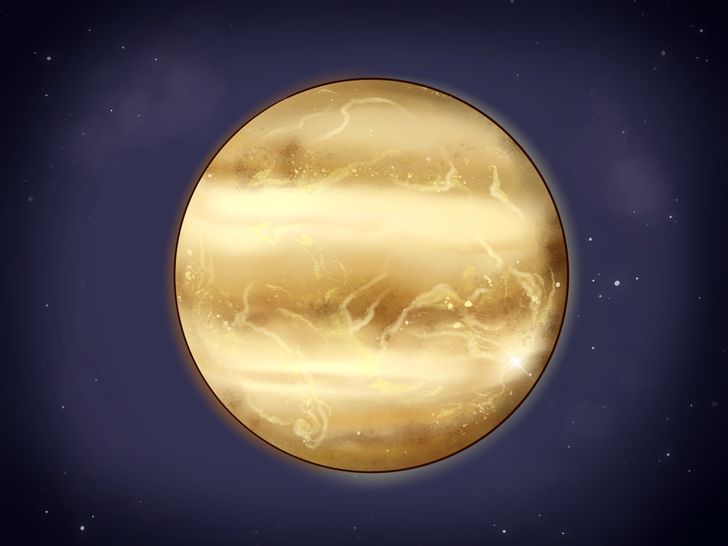
Distance from the Sun: 67.2 million miles
Venus is the second closest planet to the Sun. It’s named after the Ancient Roman goddess of beauty and love.
Venus makes a full circle around the Sun in 224.7 Earth days. But one day in Venus is the longest in the solar system. It’s 243 Earth days which means that one day in Venus is longer than one year in Venus.
Besides, Venus is the hottest planet in the solar system. Its average surface temperature is 464°C and the atmosphere is 96% CO2. Also, Venus is covered in a layer of clouds of sulfuric acid that reflect light. This makes Venus the brightest object in the sky after the Sun and Moon.
Venus doesn’t have any moons.
3. Earth
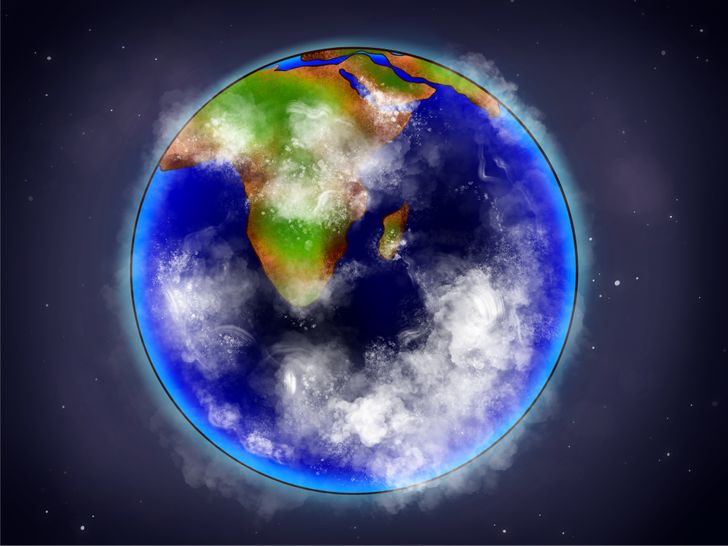
Distance from the Sun: 92.9 million miles
Earth is the third planet from the Sun. 70.8 % of the surface is taken by water. This is why Earth is also called the Blue planet.
Earth makes a full circle around the sun in 365.25 days and one day there lasts 24 hours. The atmosphere is mostly made of oxygen and nitrogen, and the surface temperature usually varies from −40°C to +40°С.
Earth is the only known planet in the solar system that has life on it. Scientists say that life appeared 4.28 billion years ago, soon after the planet formed. It was possible because there was and is water on the surface.
Earth has one orbiting body — the Moon. It revolves around our planet. Its gravitational influence results in the water’s tides.
4. Mars
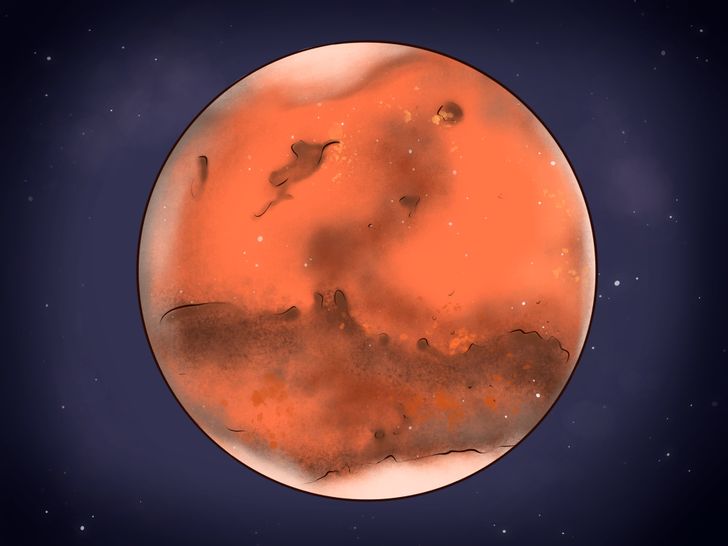
Distance from the Sun: 141.6 million miles
Mars is the 4th planet from the Sun. It was named after the Ancient Roman god Mars. The 2 moons of the planet were named after his sons — Phobos and Daemos.
Mars is often called the Red planet due to the color of the soil, which is rich in iron. Its surface is like the moon and the Earth’s surfaces. There are many craters on it and volcanoes, valleys, and ice on the poles.
Mars makes a full circle around the Sun in 687 days and one day on mars is 24 hours, 39 minutes, and 35 seconds. The axis tilt of Mars is similar to Earth. There are seasons on Mars with temperatures varying from −143°C on the poles in winter to +35°C on the equator in the summer. But the conditions on Mars are not ideal for life. The atmosphere has almost no oxygen.
5. Jupiter
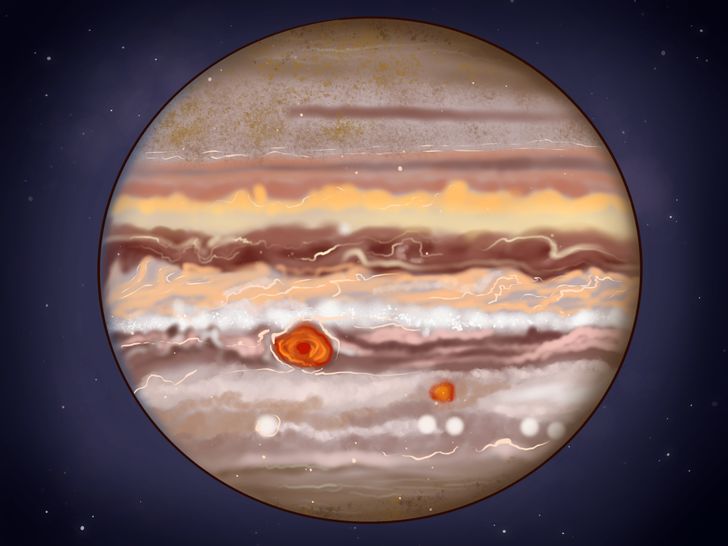
Distance from the Sun: 483.7 million miles
Jupiter is the 5th planet from the Sun and the biggest one in the solar system. It’s a gas giant — a huge planet that mostly consists of hydrogen and helium. The equatorial radius of Jupiter is 71.5 thousand km which is 11.2 times more than the radius of Earth. And the planet’s mass is 2.5 times more than all the solar system planets combined.
Jupiter is named after the Ancient Roman god of thunder, also known as the king of gods. It’s probably because of its giant size that could fit the Earth in it 1,321 times. The giant storm known as the big red spot has existed at least since the 17th century.
Jupiter makes a full circle around the sun in 11.86 years. But it has the fastest day in the solar system— it’s only 9 hours, 50 minutes, and 30 seconds.
There are 80 moons revolving around Jupiter. The biggest ones are Io, Europa, Ganymede, and Callisto. The most interesting one of them is Europa because there’s a giant ocean on it where there might be life.
6. Saturn
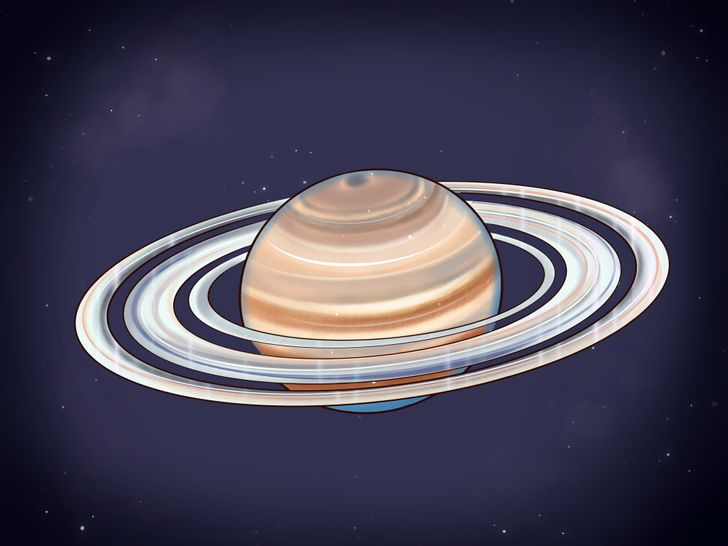
Distance from the Sun: 886.7 million miles
Saturn is the 6th planet from the Sun and another gas giant. It’s named after the Roman god of agriculture. It’s known for its rings that consist of ice, dust, and heavy elements.
The planet itself consists of gases and doesn’t have a solid surface. But due to high compression, it’s 95 times heavier than Earth. Saturn is the only planet of the solar system whose density is 30% less than water. So, if there were a solar system-sized ocean, Saturn would float in it.
Saturn makes a full circle around the Sun in 10,759 days. That’s around 29,5 years. One day in Saturn is pretty short at about 10.5 hours.
Saturn has the biggest number of moons in the solar system. There are about 82 of them and the biggest one of them is Titan that is bigger than Mercury.
7. Uranus
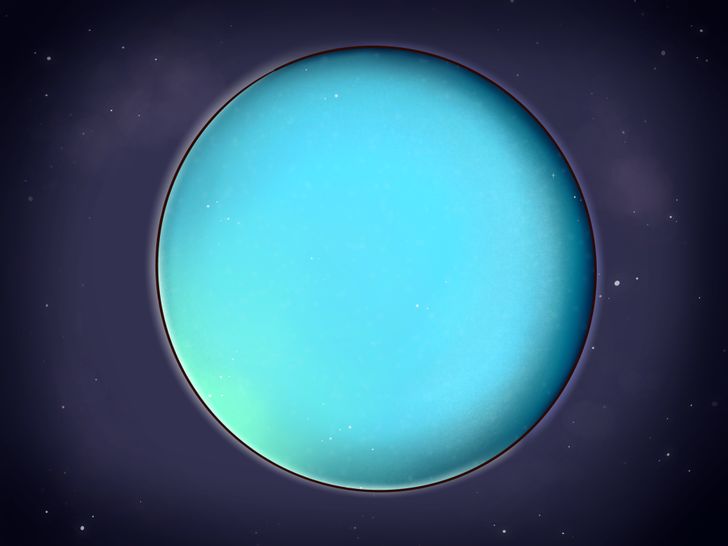
Distance from the Sun: 1.7 billion miles
Uranus is the 7th planet from the Sun named after the Greek god of the Sky. It’s an ice giant because most of its mass is ice. It’s a mix of water, methane, and ammonia.
The atmosphere of Uranus consists of helium and hydrogen with clouds of water, methane, and ammonia. This makes the atmosphere the coldest in the solar system: the minimal temperature there is −224°C.
Uranus makes a full circle around the Sun in 84 years, and one day is 17 hours and 14 minutes long. The planet has 27 moons and rings. But the rings are not visible in all telescopes and you need a really big one in order to be able to see them.
8. Neptune
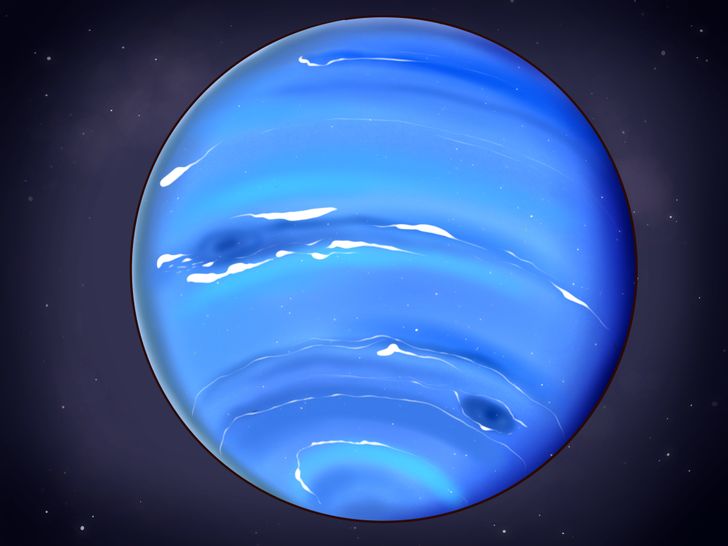
Distance from the Sun: 2.7 billion miles
Neptune is the 8th and the farthest planet from the Sun. It’s named after the Roman god of the sea.
Neptune is a lot like Uranus, and it’s an ice giant. Most of it is rocks, ice, hydrogen, and helium. The outer layers contain methane which makes the planet appear blue. Besides, the atmosphere of Neptune is known for its winds. The speed might reach 1,297 miles per hour. And it might be around −218°C there.
Neptune makes a full circle around the Sun in 164.79 years and one day there lasts for around 16 hours. The planet has 14 moons and its own rings consisting of ice particles.
Interesting facts about the Solar System
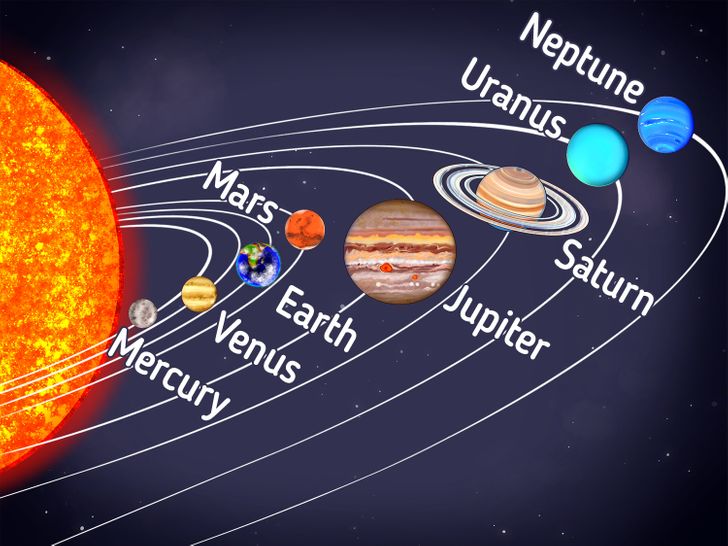
- Aside from the planets, their moons, and the Sun, there are some other objects in the solar system. For example, between Mars and Jupiter, there’s the Solar Asteroid belt, and small ice and rock objects behind Neptune. The biggest group of these objects is called the Kuiper belt.
- The biggest object in the Kuiper belt is Pluto, a dwarf planet that used to be included in the list of planets of the solar system.
- The solar system is in the Milky Way Galaxy and its address is this: Earth, the Solar System, Oort Cloud, Local Fluff, Local Bubble, Orion Arm, Milky Way Galaxy, Local Group, Virgo Supercluster, Laniakea Supercluster, Universe.
- Proxima Centauri and Alfa Centauri are the closest stars to the Sun. They are in the center of the Milky Way, 4 light-years away from us.